
World Petroleum Federation


Our identity Management Consulting and Control
Rigor, Commitment, Trust, Focus, Competence
These are some of the adjectives that characterize our identity and make us unique.
As a company, we are focused on empowering leaders and organizations to reach their full potential.
We don't believe in innate talent or skills. We know that everyone can do more and better. And it is this belief that guides us daily, both in the development we bring to our clients and in ourselves.
We help organizations manage their resources with the best management and leadership practices, aiming to improve their performance, inspire their employees and customers, and build a legacy. And this legacy is built with an Organizational Culture and Leadership Model tailored to the reality of the organizations and with everything that follows at the strategic, financial, and operational levels.
This formula for success has helped shape our identity since day one. The best partners in managing your company. Management Consulting and Control.
The Importance of Consulting Services
Consulting services can be extremely important for companies seeking to improve their efficiency, increase their profitability, and achieve specific goals. Below are some of the reasons why consulting services are important for companies:
Specialization:
Consultants specialize in specific areas and bring knowledge and skills that many companies lack in their staff. They can provide valuable insights and help companies develop customized solutions for their specific challenges.
Objectivity:
Consultants are independent professionals and can offer an objective and impartial perspective on company problems and challenges. They can analyze company operations and provide recommendations without bias or personal interests.
Efficiency:
Consulting services can help improve company efficiency by identifying and eliminating unnecessary or inefficient processes, increasing productivity, and reducing costs.
Access to Resources:
Companies may not have sufficient resources within their internal teams to handle specific projects or complex problems. Consulting services can provide access to additional resources, such as analytical tools, specialized software, methodologies, and techniques.
Flexibility:
Consulting services can be tailored to the specific needs of the company. They can be provided full-time or part-time, for short or long periods, depending on the company's needs.
In short, consulting services can be a valuable investment for companies looking to improve their efficiency, increase their profitability, and achieve their business objectives more effectively.

Creating Corporate Value
The Corporate Finance department deals with the capital structure of organizations, including financing, as well as actions to increase their value.
Therefore, the focus of this department is to raise, restructure, and optimize the company's capital structure, aiming to maximize the company's value based on our solid expertise in Corporate Finance.
In short, if you are looking to expand your business, realize value through the restructuring or sale of your company, obtain financing, or improve your financial statements, WPF is the right partner to meet your needs.
Mission Statement
WORLD PETROLEUM FEDERATION
One of our main focuses is the global supply of crude oil and refined commodities to our most robust customer base worldwide, as well as custom manufacturing and supply of specialty chemicals for the industrial, energy, and agricultural market segments.
Our more specific mission is to provide on-site service applications for surface chemistry, through a high level of innovation, to end users in all facets of our marketing focus.
We focus our efforts on problem-solving in highly complex process integration to achieve the highest level of quality. Listening to our customers and their ever-changing demands will allow us to measure our success in this endeavor.
In the global oil market, primarily in North and South America, and now encompassing Asia and Europe.
https://www.worldpetroleumfederation.com/

Demystifying the Ultrafine Copper
Powder Market: Buyers, Price Factors,
Purity Levels, Applications, and more.
Specification direct from the Laboratory with all the details and website above with the price in REAL time .
Business Direction
Our business has a global scope.
Working alongside governments, it provides us with an excellent foundation for achieving success in all sectors worldwide. While our emphasis is on growth in our traditional markets, we will focus on new, compatible markets, providing additional growth opportunities.
Our goal is consistent superior performance, continually delivering the highest standard of quality in all customer transactions.
Achieving this standard of quality depends on the following:
Consistent products and services, conforming to rigorous specifications;
Qualified personnel to meet current and future business needs;
Open and honest communication;
A safe work environment;
Responsible protection of our environment;
Accountability for integrity regarding ethical, legal, safety, and health issues;
and Consistency of purpose in our strategic direction.
Essential Steps for Our Consulting Services
Consulting services involve several steps and processes, which vary depending on the type of service being provided.
However, there are some essential steps that most consultants follow to provide effective solutions for their clients.
Here are some of them:
Understanding Objectives: The first step for the consultant is to clearly understand the client's objectives and what they expect from the consulting service. It is important for the consultant to understand the company's specific challenges and opportunities so that they can propose appropriate solutions.
Data Analysis: The consultant gathers relevant information through interviews, surveys, data analysis, process evaluation, and other sources. This analysis helps identify problems and opportunities for improvement.
Solution Development: Based on the information gathered, the consultant develops customized solutions and recommendations that meet the client's objectives.
Solution Implementation: Once the solutions have been developed, the consultant helps the client implement them and monitors progress to ensure they are working as expected. Evaluation and Feedback: The consultant evaluates the effectiveness of the implemented solutions and provides feedback to the client. This feedback is important for the company to adjust and improve its future processes.
Project Closure: After the solutions have been implemented and evaluated, the consulting project is closed. The consultant may provide additional guidance or continue providing services if necessary.
These are some of the essential steps in the consulting process, and each is important to ensure the service is successful and meets the client's needs.
Quality Improvement Program
World Petroleum Federation is constantly developing and implementing programs designed to further our quality improvement goals, and maintain ISO standards. These include:
Implementation of training programs for operators and supervisory personnel.
- Improved maintenance program on critical equipment.
- Major improvements to batch and continuous manufacturing instructions.
- Corrective follow up actions after production of nonconforming material.
- Specifications update.
- Formation of teams to solve chronic problems.
- Motivation of personnel to accept changes and look for opportunities for improvements.
- Maintenance of our corporate quality manual.
- Statistical Process Control (SPC) on each batch. Implementation of a continuous training program at all levels.
- Customer service program planning.
- Quality steering team activities.
- Communications training.
- Business Economics training.
ICUMSA 45 SUGAR CIF
The process of turning normal sugar into pure organic sugar that meets the standards set by ICUMSA is a really comprehensive one. The final ICUMSA 45 sugar product is said to have zero impurities and a shiny white appearance.
Following are a few key steps involved in the process
1. Extraction
The first step involves the crushing of sugar cane or sugar beets to obtain raw juice.
2. Clarification
The juice obtained is mixed with lime and heated which eliminates impurities. In this step, some clarification agents are added to the mix that coagulate the impurities which makes them settle down and hence easy to separate.
3. Filtration
Then the juice is filtered to remove the coagulated impurities. This prepares it for further processing.
4. Evaporation
The filtered juice is then boiled in a vacuum and concentrated. Boiling leads to the evaporation of water or moisture from the mixture.
5. Crystallization
To promote crystallization, the concentrated juice is seeded with crystals of pure sugar. The crystals are then separated from the remaining liquid (molasses) with the help of a high-powered centrifugal machine.
6. Affination
This process refers to the washing of the raw sugar crystals to remove any molasses coating that might remain after centrifugation.
7. Carbonation or Photoporation
Further treatment of sugar with CO2 or phosphoric acid is done to get rid of impurities and enhance quality.
8. Filtration and Decolorization
In this step, first, the solution is filtered and then treated with ion exchange resins or activated carbon to remove colorants or other similar impurities.
9. Final Crystallization
The solution is again crystallized using the same process to obtain extremely fine sugar crystals.
10. Drying and Packaging
The sugar obtained is dried and screened for uniformity in this step. After that, it is packed and shipped to consumers and industries across the globe.
https://www.carimarbusinessinvestmentcorporation.com
Make your request/or clarifications via info@worldpetroleumfederation.com
Our services in CIF ,FOB,DIP PAY procedures, deliveries around the world within 2/3 weeks
First Service
We cover any offer of any derivative product, based on demand.
Second Service
We deliver within 2/3 weeks with 100% guarantee.
Third Service
We connect and give you all the support to continue doing future business.



Gold Bullion Bars Available from Bullion
Types of Gold Bars
Gold bars are commonly refined into two different types of bars.
Cast gold bars are simpler products that are made through a simple process. Most cast gold bars have only a refinery logo stamped onto the surface and come with the most important markings: weight, purity, and metal content.
A cast gold bar is produced by melting gold in a large vat and then pouring it into prefabricated molds which are designed to ensure the proper weight and purity for the desired final product.
The bars are then left to air cool in the molds or dropped into cold water to speed up the cooling process.
Minted ingots are made with a more refined process. All minted gold ingots start out as long cast bars which are fed into a stamping press. This press is computer-controlled and stamps (cuts) the minted ingots to a desired size and shape, and then continues along the press production line to have an image engraved onto the bars.
These bars typically have brilliant visual finishes, more intricate design elements, and sharp edges.
As you might imagine, the complication of the production process results in varying premiums for these gold products. Generally speaking, cast gold bars are more affordable with a lower premium over the spot price of gold than minted ingots.
Popular Designs of Gold Bars
About us
We have connections around the world, with transactions with several countries, governments, presidents, kingdoms with experiences in the CIF, FOB , DIP PAY, procedures.
In which we use a different strategy for each client.



EN590 /ULTRA LOW SULFUR DIESEL-ULSD 50/10PP
- Diesel EN590 10 PPM is a type of diesel fuel that meets the European standard EN590 for automotive diesel oil. The "10 PPM" refers to the maximum sulphur content of the fuel, which is 10 parts per million (ppm) or less.
- Low-Sulphur diesel fuels such as EN590 10 PPM are required in many parts of the world to meet emissions regulations and reduce air pollution. The lower sulphur content in the fuel allows diesel engines to operate more efficiently and with less emissions of harmful pollutants such as particulate matter and nitrogen oxides.
- EN590 10 PPM diesel fuel is commonly used in modern diesel engines, including those in passenger cars, trucks, buses, and heavy equipment. It is typically available at fuel stations that offer diesel fuel, and is used in many countries throughout Europe and around the world.
- https://www.cmegroup.com/markets/energy/refined-products/european-gasoil-10-ppm-rotterdam-barges-calendar-swap.html


JET A1 FUEL
Jet fuel or aviation turbine fuel (ATF, also abbreviated avtur) is a type of aviation fueldesigned for use in aircraft powered by gas-turbine engines. It is colorless to straw-colored in appearance. The most commonly used fuels for commercial aviation are Jet A and Jet A-1, which are produced to a standardized international specification. The only other jet fuel commonly used in civilian turbine-engine powered aviation is Jet B, which is used for its enhanced cold-weather performance.
Jet fuel or aviation turbine fuel (ATF, also abbreviated avtur) is a type of aviation fueldesigned for use in aircraft powered by gas-turbine engines. It is colorless to straw-colored in appearance. The most commonly used fuels for commercial aviation are Jet A and Jet A-1, which are produced to a standardized international specification. The only other jet fuel commonly used in civilian turbine-engine powered aviation is Jet B, which is used for its enhanced cold-weather performance.
JET A
Jet A is a kerosine grade fuel, normally only available in the U.S.A. It has the same flash point as Jet A-1 but a higher freeze point maximum (-40°C). It is supplied against the ASTM D1655 (Jet A) specification.
JET B
Jet B is a distillate covering the naphtha and kerosine fractions. It can be used as an alternative to Jet A-1 but because it is more difficult to handle (higher flammability), there is only significant demand in very cold climates where its better cold weather performance is important. ASTM have a specification for Jet B but in Canada it is supplied against the Canadian Specification CAN/CGSB 3.23
TS-1
TS-1 is the main jet fuel grade available in Russian and CIS states. It is a kerosine type fuel with slightly higher volatility (flash point is 28C minimum) and lower freeze point (<-50C) compared to Jet A-1.

UREA GRANULES 46%
GRANULAR UREA
Granular urea is the same as prilled urea that has the highest nitrogen (46% content) among solid fertilizers.
It can be applied directly to the soil or mixed with other fertilizers like phosphate and potash to create a complete food mix for plants.
This type of urea can be easily applied using conventional spreading equipment.
PHYSICAL PROPERTIES
Granular urea has bigger particles and an uneven shape. It is stronger than prilled urea and less likely to break.
It releases nitrogen slowly. It can be a rich source of nutrients for plants. You can check the Ureapage, to read the granular urea specifications.
GRANULAR UREA APPLICATION
- Raw material for other fertilizers production
- Manufacturing of melamine used in melamine-methanal resins (used for the synthesis of melamine through a chemical reaction involving urea and formaldehyde.)
- Formation of important resins (urea-formaldehyde resin)
- Use in reducing air pollution from diesel engines in cars, buses, and lorries.
We build a 50m2 house in 1h40min
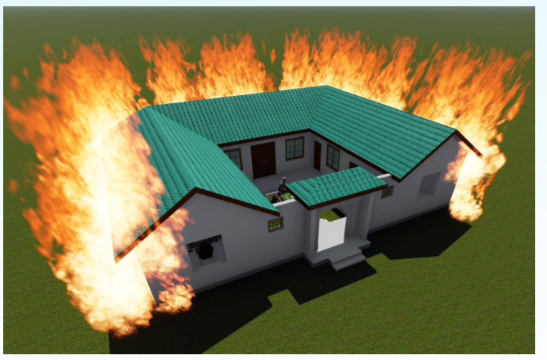
We Buil standard 50m2 houses with fireproof and waterproof construction, for popular condominiums or country or beach houses.

Buildings with ecological materials.

We move all materials by ship around the world with our teams of professionals.
Drones for Autonomous Services

Drones for various agricultural sectors adapted for irrigation, fertilizer, spraying, autonomous surveillance.
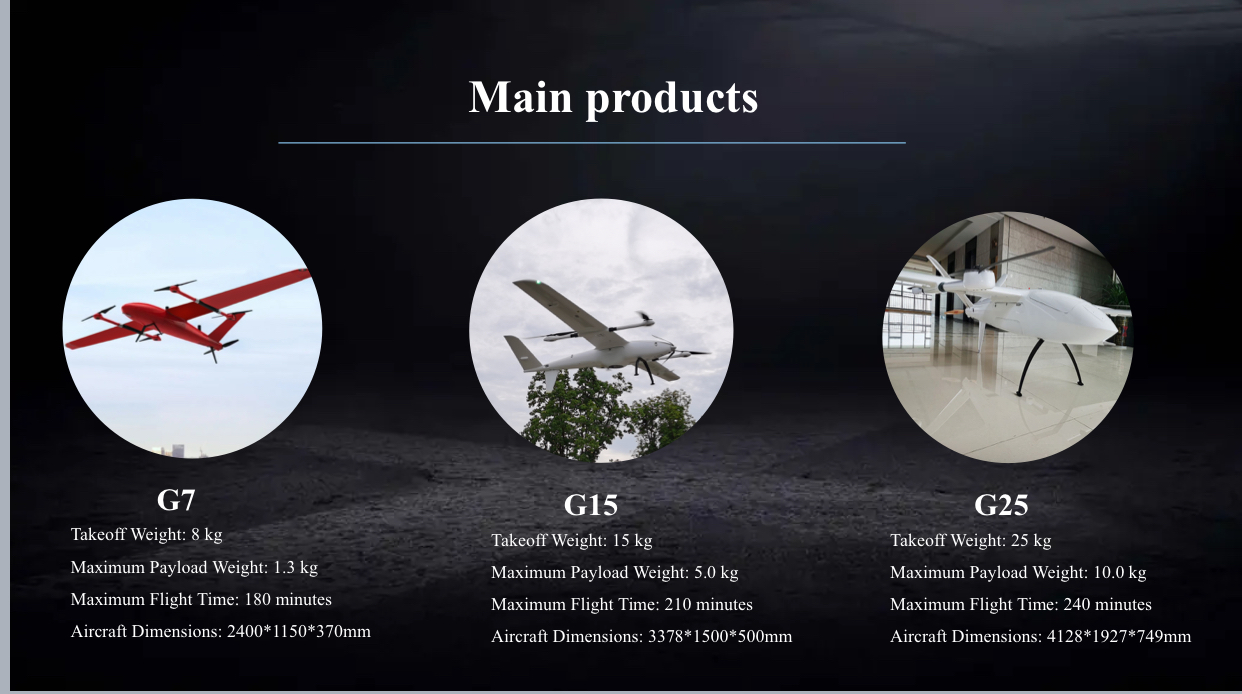
It can be for civil or military service in different segments and adaptable to different equipment.
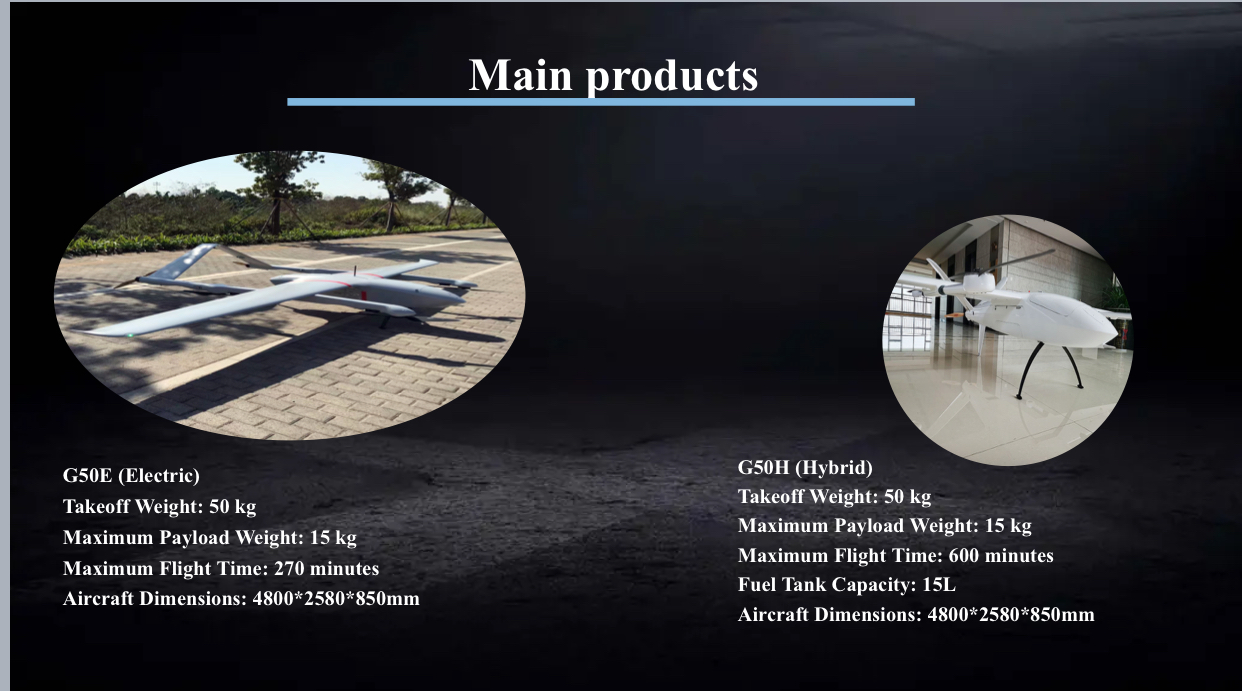
Capable of carrying several kilos grams of loads, all models are certified Worldwide.
Containers jobs for the World
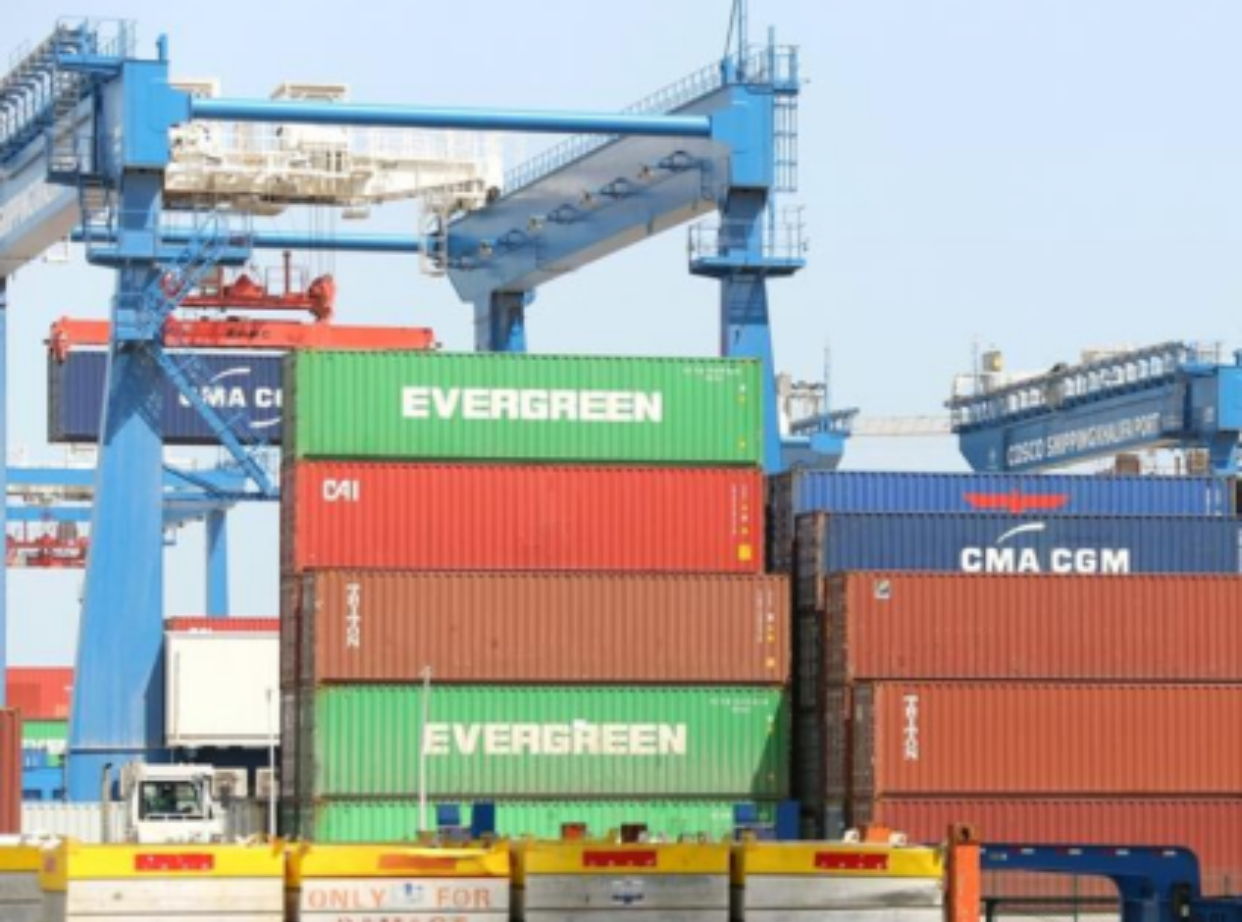
We have all maritime delivery segments to any country in the World.
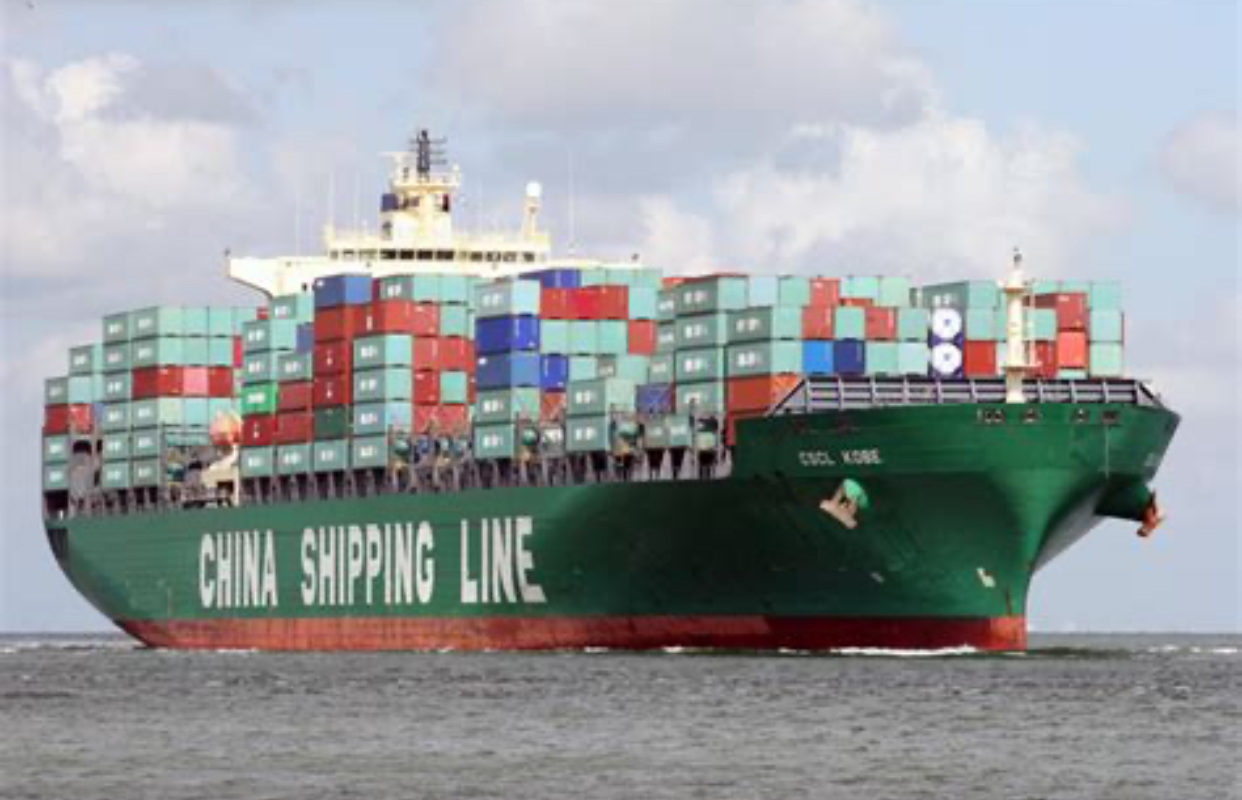
We connect directly with companies from all export segments.
01) Eletronic equiment, eletric car, decoration Diy, hotel equipment, construction and finishing materials. Among others.
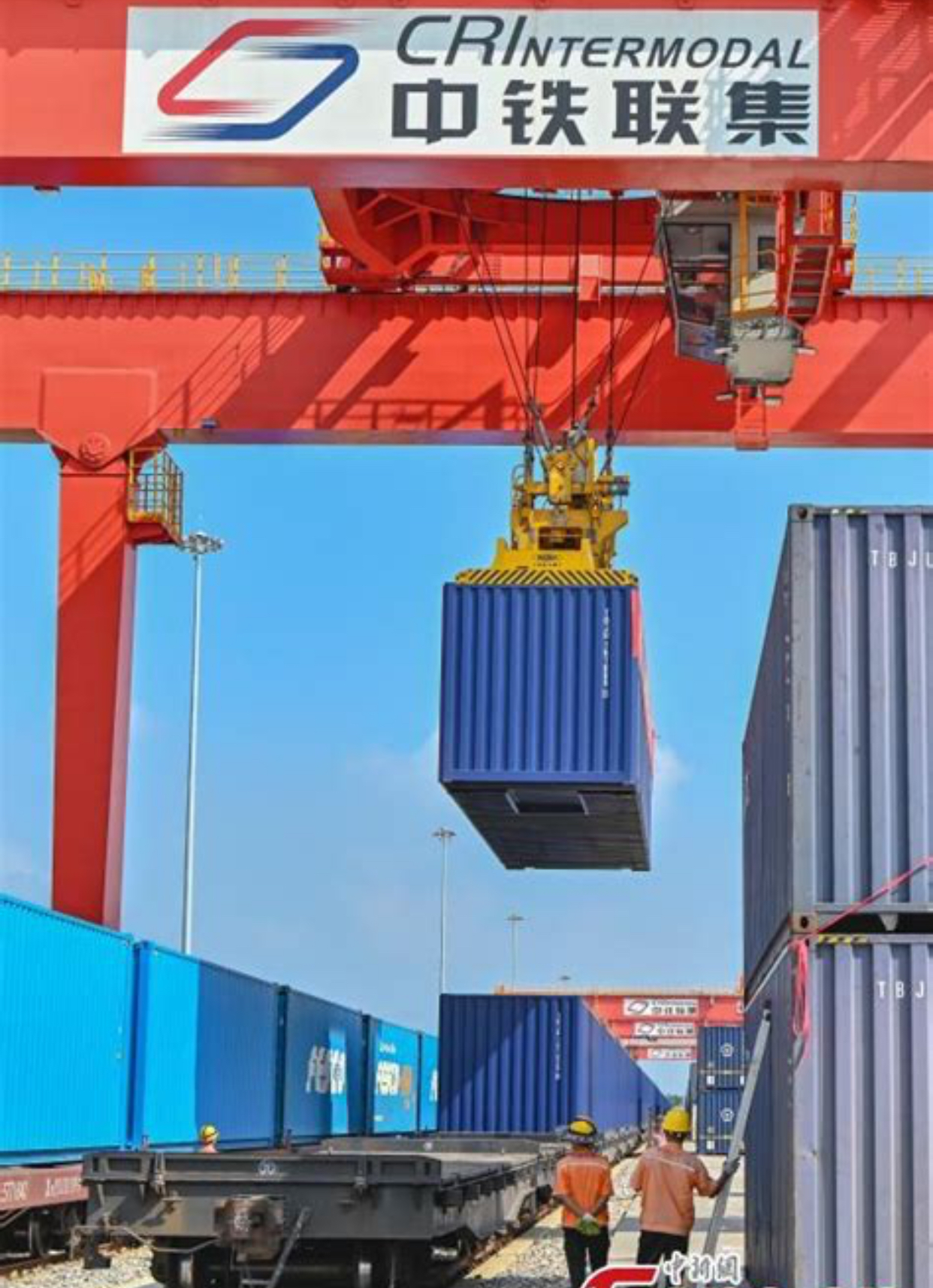
Everything in containers, contact us so we can be part of your completed projects.

GENERAL MANAGER OF OPERATIONS
Key responsibilities include ensuring safety standards are met, managing staff, and implementing protocols to maximize efficiency and productivity. Managing budgets, procuring equipment and supplies, and collaborating with engineers to improve production processes and ensure success across all operations.
JAMES NDUKWE

FOUNDER
Country Manager
for Europe, USA, Asia, Oceania, Africa, Middle East .
Rodrigo Soares
FAQs
Using the incorrect oil might result in less lubrication and a shorter engine life. If the handbook specifies synthetic oil, use it. Contrary to popular belief, combining synthetic and conventional oil will not harm the engine, but it will also provide no advantage.
2. WHAT IS THE DIFFERENCE BETWEEN MINERAL AND SYNTHETIC OILS ?
The biggest difference between mineral oil and synthetic oil lies in the processing of the petroleum. While mineral oil is obtained from crude oil through distillation and refining, the production of synthetic oil through further refining measures is much more extensive. Although mineral oils are much cheaper, synthetic oils perform better due to their improved properties. Synthetic oils have better flow even at lower temperatures, like in winter. During a cold start, for example, the engine is supplied with oil more quickly.
3. WHY DOES ENGINE OIL GO BLACK ?
In its unused, clean form, motor oil is yellow to brown in color and has a thin or viscous consistency. Engine oil turns black over time or takes on a very dark color because it carries away dirt that is produced when the fuel burns in the engine. In addition, an engine is of course not completely clean, so that the engine oil also comes into contact with other dirt and soot particles and is blackened as a result. So when it goes black you know it is doing its job properly as its taking away all the nasty dirt from the engine.


